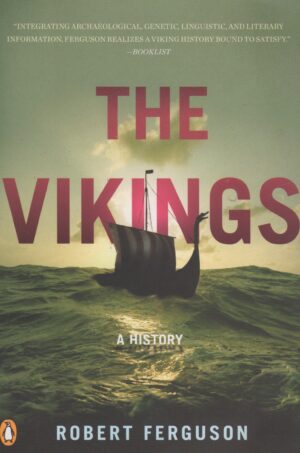
I bought this book because Ms. Williams is a dynamite singer/songwriter. I’ve seen her numerous times in concert and she never fails to amaze. I didn’t read the blurbs or the synopsis related to this title before I bought it, thinking it would be a better read of life on the road than Bill Stains’s self-published memoir (reviewed elsewhere on this site). How wrong I was!
I don’t mean to say that Ms. Williams isn’t a very bright, articulate, smart American. She is. And her writing is crisp, direct, and informative. But this book is not a memoir, which I would have known had I done my homework. Rather, it is a discussion of “positive proximity”, a concept concerning the need to revitalize downtowns of American small cities by incorporating the arts, music, film, communities, and social conscience into a place’s fabric. In essence, it’s a handbook for urban planners based upon Ms. Williams’s experience touring the nation as a musician. Concise and well written, the book lacks what I was seeking: heart and insight into Dar Williams the human being. My fault, I know, for not looking into the book’s premise before buying it. I can’t say I flew through the prose, as tight and distinctive as it is. The going was slow, almost bringing me back to my days as a student in Dale Olson’s Urban Studies class at UMD. Again, my fault, not the author’s.
In the end, the book is a decent read for those interested in revitalizing urban America through the arts and human connections. Not what I was looking for in the read but hey, we all make mistakes, right?
4 stars out of 5. It wasn’t the author’s fault I was underwhelmed.

Another disappointment. Again, it wasn’t the prose. It was the style in which it was delivered. I picked this book up at a gift shop in Hayward, WI that also sells my Finnish American novels. Given I recently discovered I am 3% Norwegian (a facet of my ethnicity I attribute to roving Vikings raping some English or Welsh or Scots or Iris foremother), I thought I’d explore the history of these fascinating marauders. Ferguson certainly did his homework in terms of researching the often arcane and distant original sources of Viking lore both in print and carved in runes. But the presentation of Norsk heritage had two problems for this reader.
First, the book reads like the Old Testament book of Exodus in terms of genealogy. There are so many names of kings, both lesser and greater, that a chart of descendancy would have been much appreciated to keep things straight. Second, this is one dry and boring exposition of what was a pretty wild ride. Ferguson’s book is a perfect adjunct to lectures by a history prof at some dusk-choked university. It is not a book to enlighten the casual reader while also providing entertainment. There needed to be some life, some spirit, some common narrative theme laced throughout Ferguson’s lengthy discussions of kings and raiders and unfortunate victims. Absent that, I felt like I was readying myself for a final exam in a Nordic History course at UMD.
To be fair again, I didn’t study reviews before I purchased this title. I didn’t read the cover blurbs or explore the book’s pedigree. I simply saw it and bought it with the end result that I struggled to get through it: learning a bit but never being enlightened.
3 stars out of 5. Instructive but not inspiring.
Peace.
Mark


